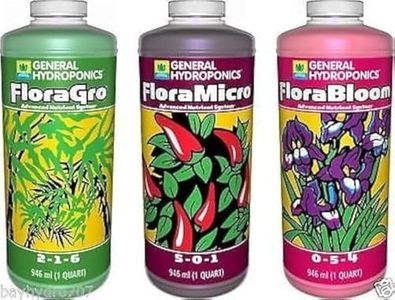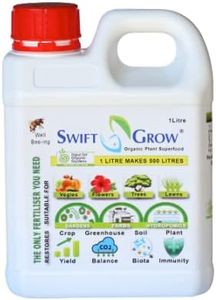We Use CookiesWe use cookies to enhance the security, performance,
functionality and for analytical and promotional activities. By continuing to browse this site you
are agreeing to our privacy policy
10 Best Outdoor Cannabis Fertilizer
From leading brands and best sellers available on the web.Buying Guide for the Best Outdoor Cannabis Fertilizer
Choosing the right fertilizer for your outdoor cannabis plants is key to healthy growth and a bountiful harvest. Fertilizer provides your plants with essential nutrients they can’t always get from natural soil, especially as they use up what’s available during the growing season. Before choosing a fertilizer, it’s helpful to understand your plant’s stage of growth, your soil type, and what environmental conditions you’re working with, as these all play a role in which nutrients your plants will need most.N-P-K RatioN-P-K stands for Nitrogen (N), Phosphorus (P), and Potassium (K), which are the main nutrients your cannabis plants need. The numbers you see on fertilizer packages, like 10-10-10 or 4-8-8, refer to the percentage of each nutrient. Nitrogen helps with leafy growth, phosphorus with root and flower development, and potassium with overall plant health. During the vegetative stage, a fertilizer higher in nitrogen (like 10-5-5) is beneficial, while during the flowering stage, you'll want lower nitrogen and higher phosphorus and potassium (like 4-8-8). Choose an N-P-K ratio that matches your plant’s current growth stage for best results.
Nutrient Release TypeFertilizers can be quick-release (synthetic) or slow-release (organic or coated). Quick-release fertilizers provide nutrients right away and are great if your plants show signs of deficiency or need a nutrient boost. Slow-release options feed your plants gradually over time and are ideal for gardeners who want a more hands-off approach. Think about how often you want to fertilize and how closely you can monitor your plants—if you visit your garden frequently, quick-release can work, but if not, slow-release might be a better fit.
MicronutrientsThese are trace minerals like calcium, magnesium, sulfur, iron, and zinc that are just as important as the big three (N-P-K) but needed in smaller amounts. They help with processes like root strength, resistance to disease, and overall plant function. Not all soils have enough micronutrients, especially if you use the same plot year after year. Look for fertilizers that mention added micronutrients if your plants have shown deficiencies or if you’ve had issues in the past.
Form: Liquid vs. GranularFertilizers come in liquid or granular forms. Liquid fertilizers are mixed with water and are quickly absorbed by plants, making them a good choice if you want fast results or easier adjustments. Granular fertilizers are sprinkled on the soil and break down slowly, feeding plants over a longer period. If you like regular watering and precise control, you might prefer liquid. If you want to fertilize less often, granular could be more convenient.
Organic vs. SyntheticOrganic fertilizers are made from natural sources like compost, manure, or bone meal, while synthetic fertilizers are manufactured with processed chemicals. Organic is generally more forgiving and improves soil health over time, which can be great for long-term gardening. Synthetic provides nutrients more immediately and can be tailored precisely, which is good if you want fast, predictable results. Consider how much you care about natural gardening practices and the state of your soil when choosing between these two types.

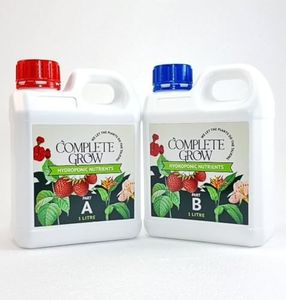
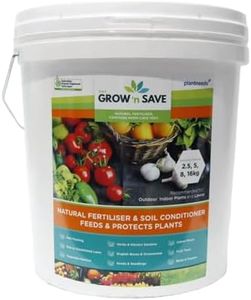

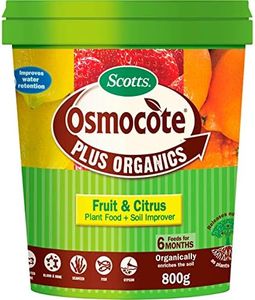
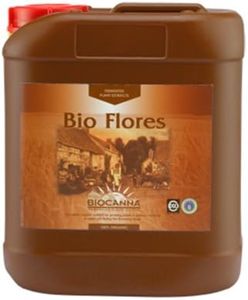
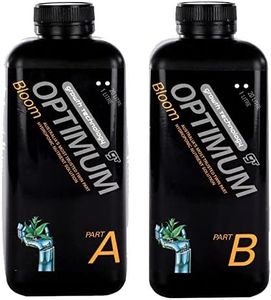
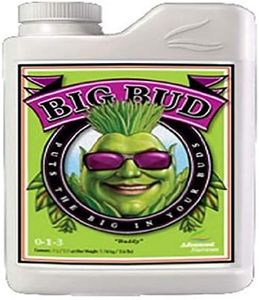
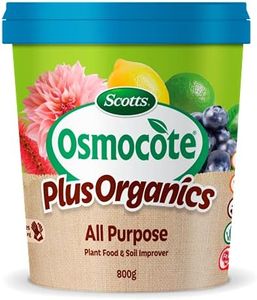
![Canna Bio-Boost - [Size: 1L]](https://images-proxy.bestreviews.guide/T98Qg39znRpKknA5ATvNdcxHAQ8=/0x300/https://m.media-amazon.com/images/I/21VJ1slCWZS._AC_CX679_.jpg)
